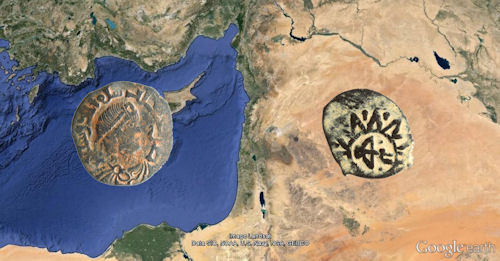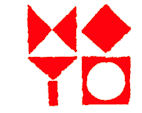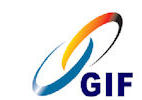Eastern Mediterranean
Coinage, Commerce and Taxation in the Late Medieval Eastern Mediterranean (ca. 1130-1500)
German Israel Foundation
Grant No: 1172-190.4/2011
German lsraeli Foundation - Research Grant No. 1172-190.4/2011
January 1, 2013 to December 31, 2015
Research objectives
The aim of this study is the analysis of the urban coinage system and its use for taxation of Syrian urban markets within the context of markets and regional trade from the period of Zengids to the Mamluks (ca. 1130s to 1517 C.E.). This research project makes comprehensive use of the numismatic and written sources to reconstruct the fiscal, economic and cultural context of money production, circulation and urban markets in Bilad al-Sham (Greater Syria).
The reconstructed mint sequences, the knowledge about circulation zones, and the literary evidence that became more prolific at the end of the period are a sounding into the changing everyday life of the Zengid to Mamluk cities in Syria. Few materials are ever so versatile in its historical statements than coins and few material objects are so often mentioned in the sources in its use and legal framework. The questions are the mechanism of subtle taxation and market exchange in the Middle Islamic period through petty coinage reforms.
The project makes use of the comprehensive collection of The Israel Museum for the region of Bilad al-Sham from the Zengid to the Mamluk period (The Balog Collection) which serves as basis and main reference. It will be published with in the project in a Sylloge format. This resource is extended by the information of coins from public and private collections and coin finds from excavations in Damascus, Aleppo, Masyaf, and elsewhere in Syria available at Universität Hamburg. This large and diverse material enables the difficult task of the reconstruction of the production sequences of the mints and coin circulation in Syria. This material will be studied parallel with the literary evidence on coinage reforms and market processes in Zengid to Mamluk sources.
Israeli team
Prof. Reuven Amitai
Hebrew University of Jerusalem
Eliahu Elath Professor of the History of the Muslim People
reuven.amitai@mail.huji.ac.il
Responsibility in Project: The economic trends in Mamluk Syria in its political context, based on numismatic results, literary sources and recent studies.
Dr. Haim Gitler
The Israel Museum, Jerusalem
Tamar and Teddy Kollek Chief Curator of Archaeology
Curator of Numismatic
gitler@imj.org.il
Responsibility in Project: Directing and supervision of the numismatic components.
Issa Baidoun, M.A.
Hebrew University of Jerusalem
issa.baidoun@mail.huji.ac.il
Responsibility in Project: Sylloge of the Coins from Bilad al-Sham in the The Israel Museum.
German team
Prof. Stefan Heidemann
Universität Hamburg
Professor of Islamic Studies
stefan.heidemann@uni-hamburg.de
Responsibility in Project: History of the monetary circulation in rural and urban areas in Bilad al-Sham in connection with taxation; supervision of the numismatic components.
Matthias Naue
Universität Hamburg
Matthias.Naue@uni-hamburg.de
Responsibility in Project: Documentation and digitization of coins and coin finds.
Partner Institutions
Annemarie Schimmel Kolleg "History and Society during the Mamluk Era (1250-1517)"
Universität Bonn
Reuven Amitai is currently fellow from Oct. 2014 to Sept. 2015
Stefan Heidemann was fellow from Oct. 2013 to Feb. 2014
Address
Unversität Hamburg, Asien-Afrika-Institut Edmund-Siemers-Allee 1 (Ost)
20146 Hamburg, Germany





